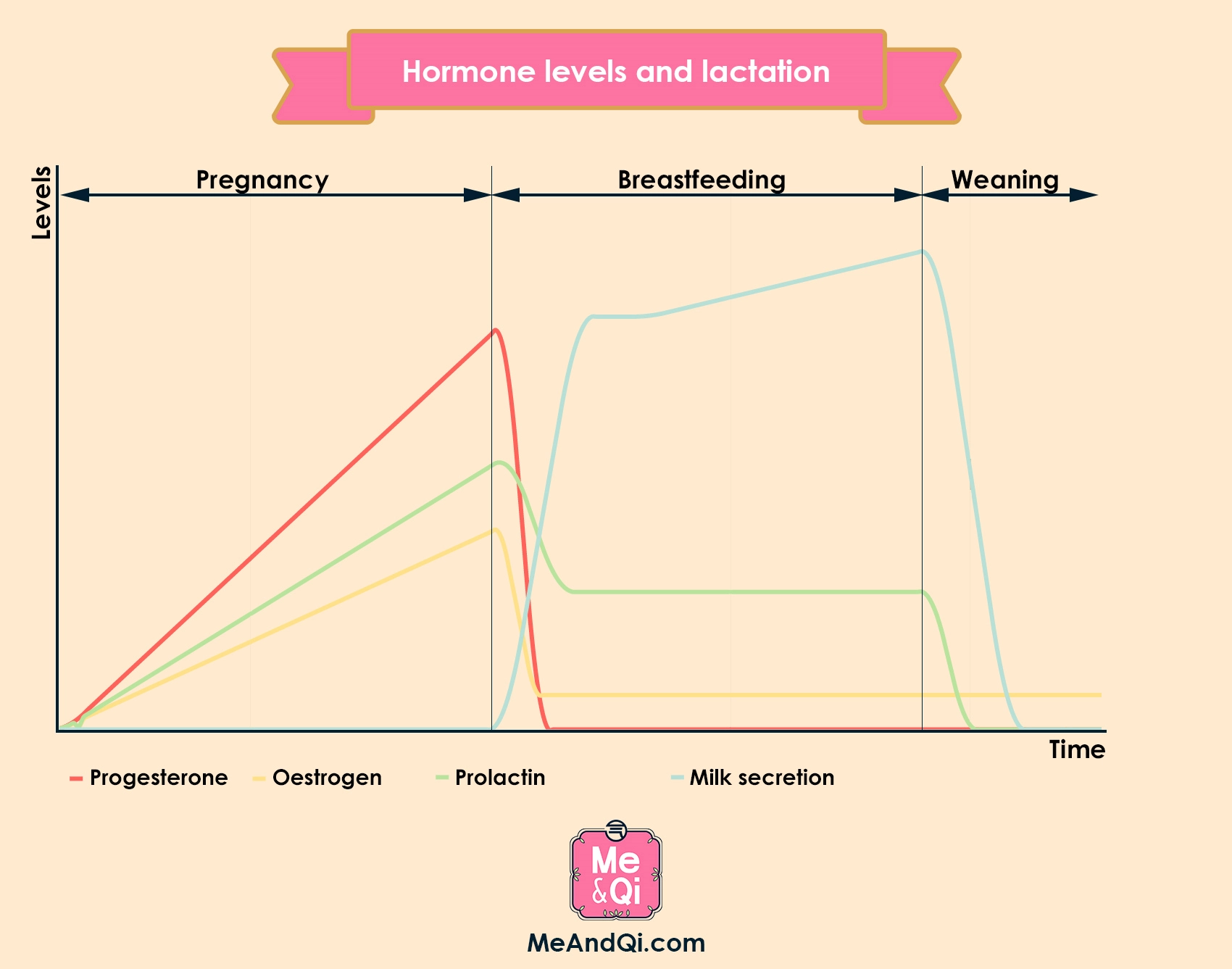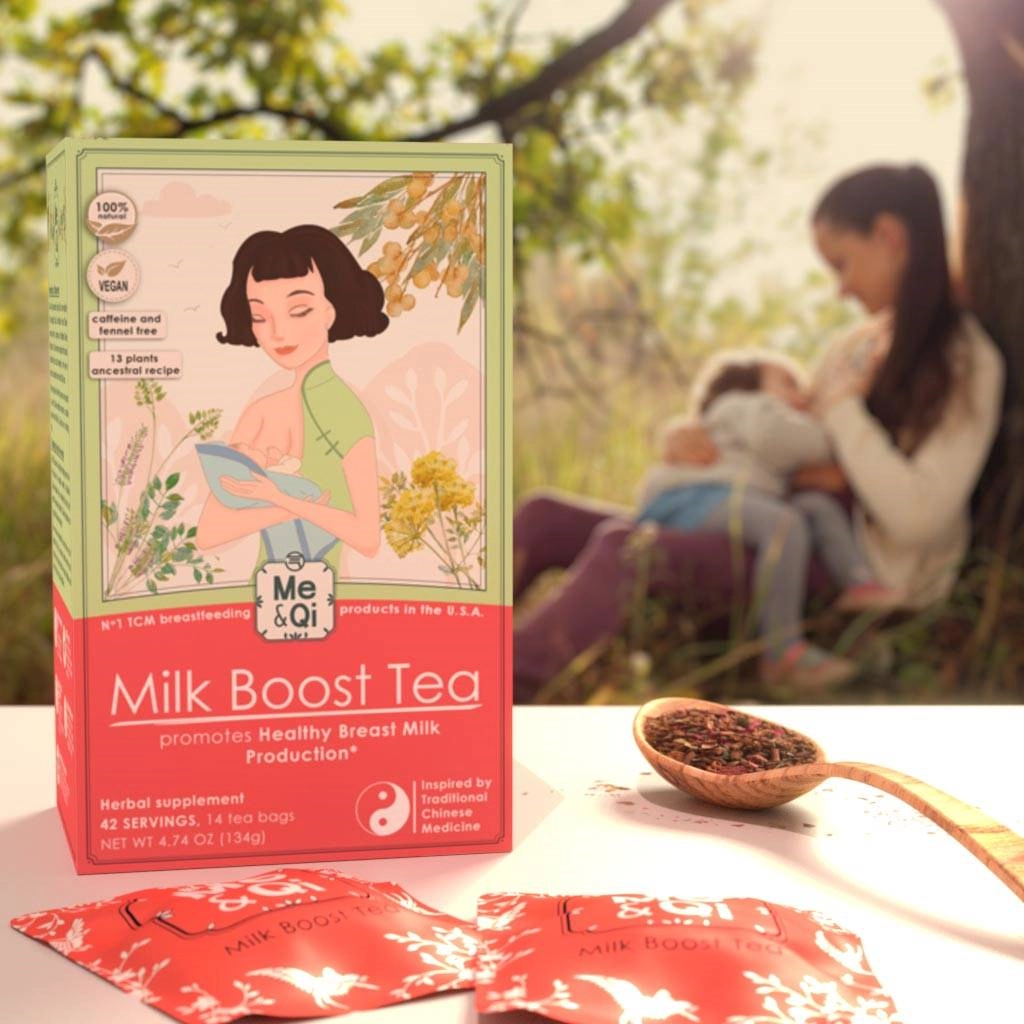Contents
- Progesterone, estrogen, and prolactin are the three hormones that help promote lactation.
- Prolactin is the primary breastfeeding hormone.
- In additional to the breastfeeding hormones, two other dynamics also determine breast milk quantity.
- Finally, other factors also influence breast milk supply levels.
Progesterone, estrogen, and prolactin are the three hormones that help promote lactation.
During pregnancy, progesterone and estrogen hormones are produced due to the placenta's presence and play a vital role in lactation. There is a constant increase in their level until the time of delivery. At birth, the placenta is released so their levels drop. The level of progesterone almost becomes zero, while estrogen levels also remain very low until the mother gets her period back again.
The primary functions of these two hormones are to prepare the breasts for lactation through increased breast size, lactocytes, alveoli, milk ducts, and other structures.
There is also a steady increase in prolactin levels during pregnancy. In contrast to progesterone and estrogen, which are produced in the placenta, prolactin is produced in the brain's pituitary gland. This indicates that the release of the placenta does not cancel the production of prolactin.

Prolactin is the primary breastfeeding hormone.
However, high progesterone and estrogen levels inhibit the expression of prolactin. At the time of birth when these two hormones disappear, prolactin is finally free to express itself and hence the lactation process can start effectively.
Theoretically, between 16 and 22 weeks of pregnancy, prolactin levels are sufficient enough to induce breastfeeding. Therefore, some women have already experienced breast milk leaking or dripping during that time. However, progesterone and estrogen prohibit the release of a large quantity of breast milk.
Prolactin levels drop shortly after birth and stay steady until weaning. It may also drop when solids are introduced to the baby's diet since this sends the body a signal that weaning may be near.
In theory, the higher the level of prolactin, the more breast milk the mother produces.
In additional to the breastfeeding hormones, two other dynamics also determine breast milk quantity.
- The continual removal of breast milk: Once lactation is initiated in the first week after delivery; this stimulates the continuing production of breast milk, particularly during the first month postpartum.
- The supply and demand equilibrium: When the milk production gets stable, which usually happens within the first three months after giving birth, this equilibrium determines whether the amount of milk supply goes up or down.

Finally, other factors also influence breast milk supply levels.
These include a better diet and sleeping quality, good rest, doing some mild sports such as yoga or light walking, lactation dietary supplements such as Milk Boost Tea. Trying other products such as Unblock Nursing Tea to prevent blocked milk ducts might also help if you are affected by this common issue.


